On January 17, Apple refreshed its Mac mini with the M2 Apple Silicon processor — and more. Here's how the new M2 and M2 Pro models compare to the 2020 M1 Mac mini.
A relatively early introduction in the year by Apple's usual standards, the launch of a refreshed Mac mini in January was unexpected. Though Apple didn't just bring out an M2 Mac mini, but also one housing a just-launched M2 Pro chip.
As the cheapest Mac in the product catalog, the new M2 Mac mini could be easier for users to stomach an upgrade from the M1 edition than others. With the prospect of M2 Pro performance bonuses, that could be even more of a draw.
Here's what you need to know about the M2 Mac mini, the M2 Pro Mac mini, and how they stack up to the M1 Mac mini.
M2 Mac mini and M2 Pro Mac mini vs M1 Mac mini- Specifications
| Specifications | M1 Mac mini (2020) | M2 Mac mini (2023) | M2 Pro Mac mini (2023) |
|---|---|---|---|
| Starting price | $699 Best M1 Mac mini prices | $599 Best M2 Mac mini prices | $1,299 Buy now |
| Dimensions (inches) | 1.4 x 7.7 x 7.7 | 1.41 x 7.75 x 7.75 | 1.41 x 7.75 x 7.75 |
| Weight (pounds) | 2.6 | 2.6 | 2.8 |
| Processor | Apple M1 8-core CPU | Apple M2 8-core CPU | Apple M2 Pro 10-core CPU, Apple M2 Pro 12-core CPU |
| Graphics | 8-core GPU | 10-core GPU | 16-core GPU, 19-core GPU |
| RAM | 8GB, 16GB | 8GB, 16GB, 24GB | 16GB, 32GB |
| Networking | 802.11ax Wi-Fi 6 wireless networking IEEE 802.11a/b/g/n/ac compatible, Bluetooth 5.0, Gigabit Ethernet, 10Gig upgradable | 802.11ax Wi-Fi 6E wireless networking IEEE 802.11a/b/g/n/ac compatible, Bluetooth 5.3, Gigabit Ethernet, 10Gig upgradable | 802.11ax Wi-Fi 6E wireless networking IEEE 802.11a/b/g/n/ac compatible, Bluetooth 5.3, Gigabit Ethernet, 10Gig upgradable |
| Storage | 256GB, 512GB, 1TB, 2TB | 256GB, 512GB, 1TB, 2TB | 512GB, 1TB, 2TB, 4TB, 8TB |
| Display Support | Maximum of 2: One 6K 60Hz over Thunderbolt and one 4K 60Hz over HDMI | Maximum of 2: One 6K 60Hz over Thunderbolt and one 5K 60Hz over Thunderbolt or 4K 60Hz over HDMI | Maximum of 3: Two 6K 60Hz over Thunderbolt and one 4K over HDMI. Up to 8K resolution or 240Hz possible over HDMI |
| Ports | HDMI, Two Thunderbolt 4, Two USB-A, Gigabit Ethernet, 3.5mm headphone | HDMI, Two Thunderbolt 4, Two USB-A, Gigabit Ethernet, 3.5mm headphone | HDMI, Four Thunderbolt 4, Two USB-A, Gigabit Ethernet, 3.5mm headphone |
M2 Mac mini and M2 Pro Mac mini vs M1 Mac mini - External appearance
Apple has kept the physical shape of the Mac mini fairly identical to previous generations for quite some time. This has its benefits, such as maintaining a uniform appearance over time, and ensuring that you can easily stack the Mac mini with others from earlier years.
When Apple brought out its M1 Mac mini, it was an internal spec change for the model as it shifted away from Intel chips. Externally, it remained the same, complete with its thin rounded aluminum enclosure.
That includes its size of 7.7 inches square and a 1.4-inch thickness, the customary Apple logo on the top, and routing all of the ports and connections around the back.
Apple's introduction of the M2 Mac mini and M2 Pro Mac mini demonstrates that it is decidedly a specifications bump once again. Externally, it's extremely similar and most people won't tell the difference via a brief visual inspection.
Curiously, for the dimensions of the new models, Apple describes them as 7.5 inches wide and long, and 1.41 inches thick. This could be considered marginally bigger than the M1 model, but it could easily be Apple introducing more accurate measurements.
With an aluminum construction, the M1 Mac mini is also fairly similar in terms of weight to its predecessors, at 2.6 pounds. The M2 Mac mini is also 2.6 pounds, but the M2 Pro model is heavier at 2.8 pounds.
It is likely that this disparity is through the use of an improved and heavier cooling system, due to the difference in chip.
M2 Mac mini and M2 Pro Mac mini vs M1 Mac mini - Processors and Memory
The M1 Mac mini, as the name suggests, uses an M1 chip as its base. Using an 8-core CPU, it has four high-performance cores accompanied by four energy-efficient versions, with a clock speed of 3.2GHz for the performance versions.
Along with the CPU, the M1 SoC (System-on-Chip) has a GPU as well as a 16-core Neural Engine for machine learning tasks, capable of up to 11 trillion calculations per second. A built-in image signal processor and Secure Enclave are also included.
The M2 follows the same path for its core selection, except it runs at a higher clock speed of 3.49GHz. The 16-core Neural Engine is also improved, capable of processing up to 15.8 trillion operations per second.
The M2 Pro is offered in two variants, starting with a 10-core CPU with 6 performance cores and 4 efficiency cores, with a 12-core version also available with eight performance cores and four efficiency cores.
Unlike other processors, Apple Silicon relies on embedding memory on the SoC, in the form of Unified Memory. This technique means the same pool of memory can be used for the CPU, GPU, and other elements of the SoC, rather than having separate pools for each component.
In the case of the M1, users could choose between 8GB or 16GB capacities. The memory bandwidth of 68.25GB/s is fast, but one that was quickly eclipsed by the M1 Pro and M1 Max chips.
For the M2, Apple improved the memory bandwidth to 100GB/s, as well as adding a third memory option for 24GB. The M2 Pro has 200GB/s memory bandwidth, and starts at 16GB with a 32GB option available.
One considerable advantage M2 has over M1 is that Apple included the Media Engine system in the base-grade second-generation chip. Missing from the M1,the M2's Media Engine includes dedicated video decode and engines, including some specific to ProRes and ProRes RAW, making it more useful for video editing applications.
That said, the M1 does have the capability to deal with encoding and decoding H.264 and HEVC video with hardware acceleration, but not the PoroRes and ProRes RAW of the full-blown Media Engine.
We do already know that the M2 is faster than the M1 by quite a bit, with previous Geekbench benchmarks putting the M2 at 1,869 points for a single-core test to 1,707 for the M1. For multi-core, the M2's 8,900 is also higher than the M1's 7,395.
There are no official third-party benchmarks for the M2 Pro yet, but Apple does enthuse about how powerful the M2 Pro is against the M1, in that it has up to 2.5x faster graphics performance in Affinity Photo and up to 4.2x faster ProRes transcodes in Final Cut Pro.
An alleged Geekbench shows the 12-core M2 Pro Mac mini with 16GB of RAM getting significantly high scores, even beating out the M1 Max. Its single-core score is 1952, and multi-core score is 15013, while the M1 Max typically scores 1727 single-core and 12643 multi-core.
It seems the M2 Pro is quite the upgrade, but more will be determined once verified testing can be done.
M2 Mac mini and M2 Pro Mac mini vs M1 Mac mini - Graphics
Of all M1-generation chips, the M1 had the lowest core count for the GPU. However, while some other Mac models included choices of 7 or 8-core GPUs, you only had one option for the Mac mini: 8 cores.
M2 includes a 10-core GPU, which Apple characterizes as offering up to 35% faster gameplay as the M1 counterpart for the game "Resident Evil Village."
The M2 Pro's two chip choices also offer differences in GPU, with the 10-core CPU accompanied by a 16-core GPU, and the 12-core CPU gaining a 19-core GPU.
In Apple's "Resident Evil Village" comparison, the M2 Pro offers "up to 2.8x faster gameplay" than the M1 Mac mini.
An unusual foible of the M1 Mac mini is that it can only manage two monitors at most. Other M1 variants can go beyond, but you're limited to a pair of screens on the entry-level chip.
Specifically, the M1 can handle a single 6K display at 60Hz and one 4K 60Hz screen.
For the M2, Apple hasn't really improved on this limitation, with a maximum display count of two. However, joining one 6K 60Hz screen can be a 5K 60Hz display on Thunderbolt, or a 4K 60Hz over HDMI.
M2 Pro goes a few steps further, such as being able to support three displays: two 6K 60Hz over Thunderbolt and one 4K over HDMI. There are other configuration options available, but you can push it to an 8K resolution for a single 60Hz display over HDMI, or a 4K resolution version at 240Hz.
Do bear in mind that the GPU benefits from the Unified Memory, so if you go for higher amounts, the GPU will have more to play with, as will other memory-reliant components.
That doesn't just mean that the higher memory options for the M2 and M2 Pro will benefit graphics, but the amount of available memory bandwidth will be useful too.
M2 Mac mini and M2 Pro Mac mini vs M1 Mac mini - Connectivity
All amassed around the back, the M1 Mac mini's physical connectivity includes a Gigabit Ethernet port that can be configured to a 10-gigabit version, as well as a HDMI port, and a 3.5mm headphone jack.
The two 40Gb/s-capable Thunderbolt 4 ports can be used as DisplayPort, Thunderbolt 3, USB 4, and for earlier connection standards. There are also two USB-A ports, capable of up to 5Gb/s.
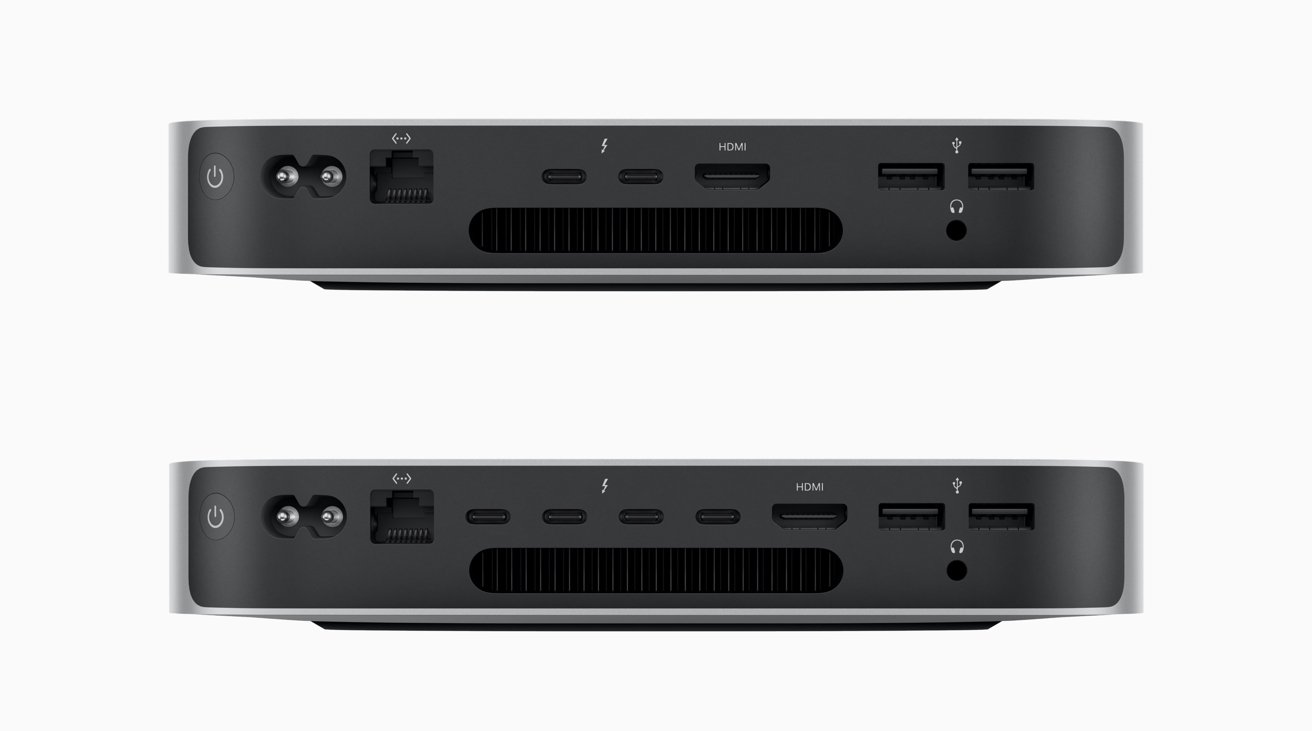 The M2 Mac mini (top) has the same ports as the M1. The M2 Pro version (bottom) has two more Thunderbolt 4 ports.
The M2 Mac mini (top) has the same ports as the M1. The M2 Pro version (bottom) has two more Thunderbolt 4 ports. This oddly hasn't changed for the M2 Mac mini, with identical physical connections on the back. The M2 Pro model does have an extra two Thunderbolt 4 ports, bringing the total to four.
On the wireless side, the M1 Mac mini has Wi-Fi 6 support, as well as Bluetooth 5.0. Both the M2 models are upgraded to Wi-Fi 6E and Bluetooth 5.3.
M2 Mac mini and M2 Pro Mac mini vs M1 Mac mini - Storage
The M1 Mac mini has built-in SSD storage, starting at 256GB in capacity with options for 512GB, 1TB, and 2TB. The M2 Mac mini has the same array of storage options.
If you go for the M2 Pro, you actually start from 512GB, with upgrade options for 1TB, 2TB, 4TB, and 8TB.
Continuing a trend in Mac design, Apple shifted away from a user-upgradable design in its Intel variants to one that cannot be easily updated internally for Apple Silicon. That means if you want to add more storage at a later time, you will have to deal with external storage options, or even network-attached storage.
M2 Mac mini and M2 Pro Mac mini vs M1 Mac mini - Pricing
Apple started the M1 Mac mini at $699, bundled with 8GB of Unified Memory, a 256GB SSD, and Gigabit Ethernet.
Upgrading to 16GB of memory cost an extra $200, while 10 Gigabit Ethernet is another $100. For storage, the cost to go from 256GB to 512 is $200, with 1TB another $200 again, and 2TB a further $400 on top.
The most expensive M1 Mac mini configuration, with 16GB of memory, 10-Gigabit Ethernet, and 2TB of storage, is $1,799.
The M2 Mac mini actually starts at $599, lower than the M1 model, with it including 8GB of memory, 256GB of storage, and Gigabit Ethernet.
The upgrade fees for the M2 Mac mini are identical to the M1 Mac mini, except you can pay an additional $200 to go from 16GB to 24GB of memory.
The most expensive M2 Mac mini is $1,899, with 24GB of memory a 2TB SSD, and 10 Gigabit Ethernet.
The M2 Pro starts at $1,299, with the 10-core CPU and 16-core GPU, 16GB of memory, 512GB SSD, and Gigabit Ethernet.
Upgrading the chip to the 12-core CPU and 19-core GPU is a $300 cost, while going from 16GB to 32GB of memory is $400.
Starting at 512GB, 1TB is an extra $200, 2TB is another $400 on top of that, 4TB a further $600, and 8TB is $1,200 more again. Once more, the 10 Gigabit Ethernet upgrade is $100.
At its most expensive, the M2 Pro Mac mini can set you back $4,499. However, dialing back the storage to the same 2TB maximum as the others cuts the price down to $2,699.
M2 Mac mini and M2 Pro Mac mini vs M1 Mac mini - More performance, same package
There were many rumors about an update to the externals of the Mac mini, changes that would be a massive departure from the existing and well-trodden design. These were unfounded, and we have yet another specifications bump to consider over aesthetics.
That said, the improvements that M2 and M2 Pro offer will be very much welcomed from Mac mini owners eyeing their next potential upgrade.
For those buying a new Mac, Apple has made the M2 Mac mini an even more attractive option than before, thanks to its $100 price cut. Oddly, this also makes it more viable for existing M1 Mac mini owners to consider an upgrade to the M2.
That is, if they didn't already pay for many upgraded specs for their M1 Mac mini.
Even so, M1 Mac mini owners may not necessarily see enough change to warrant the upgrade. At least in an update with few real bells and whistles.
The introduction of the M2 Pro offers an extra path for people who want a powerful Mac but don't want to throw money at a Mac Studio. It's certainly an investment if you go down that route, but if you can get the performance in a Mac mini's smaller body, that can be an advantage.
There's no M2 Max Mac mini here, which could've been an extreme option, but one that's probably best saved for the Mac Studio.
 Malcolm Owen
Malcolm Owen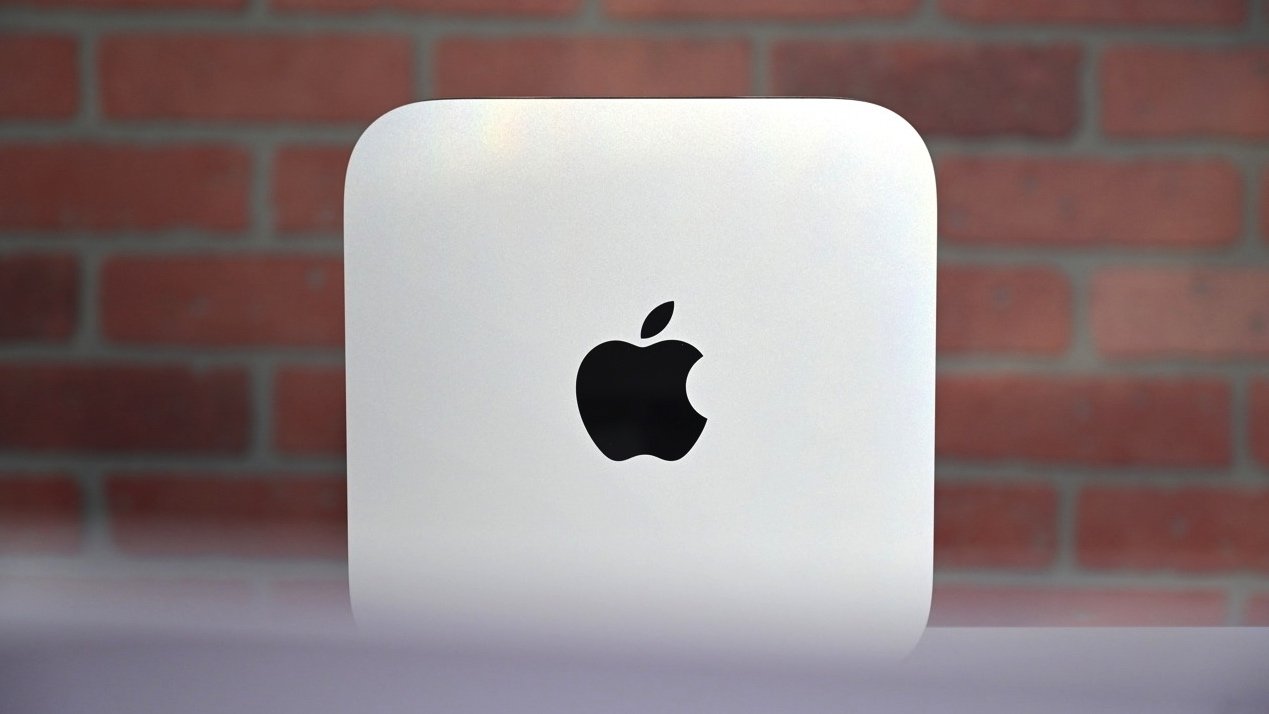

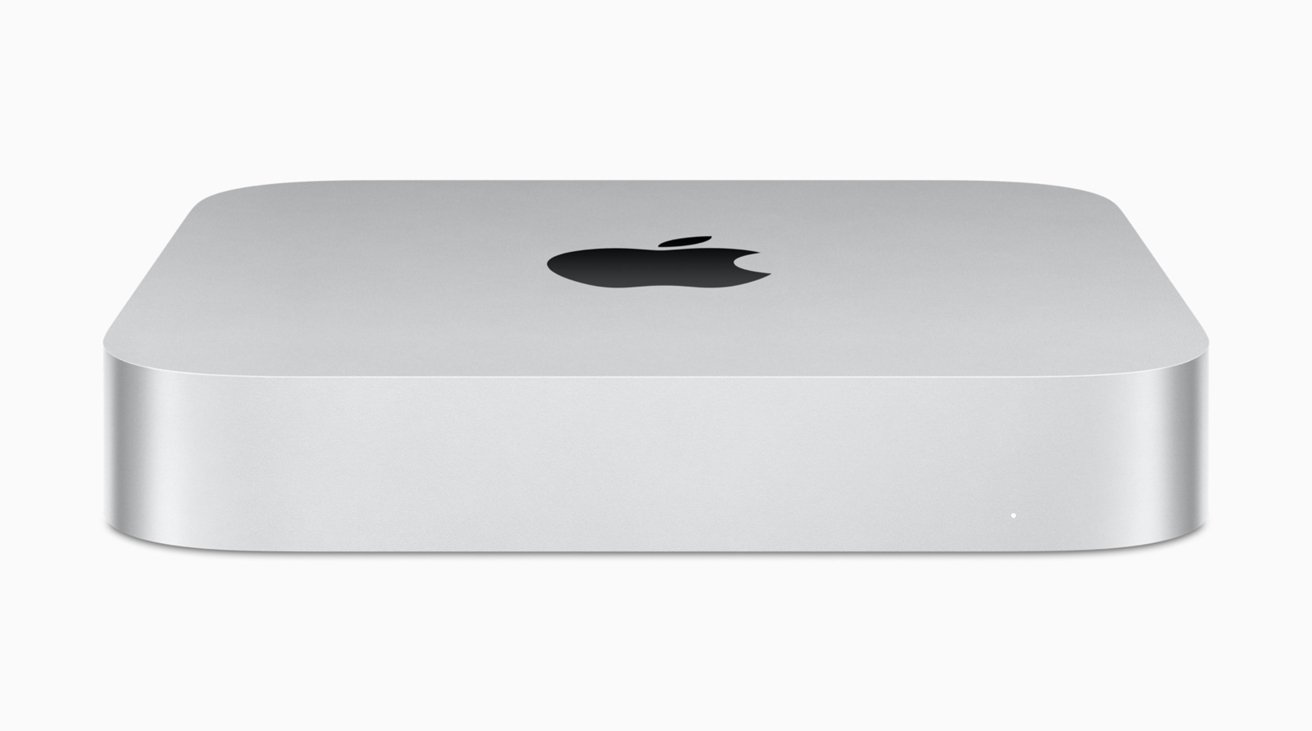
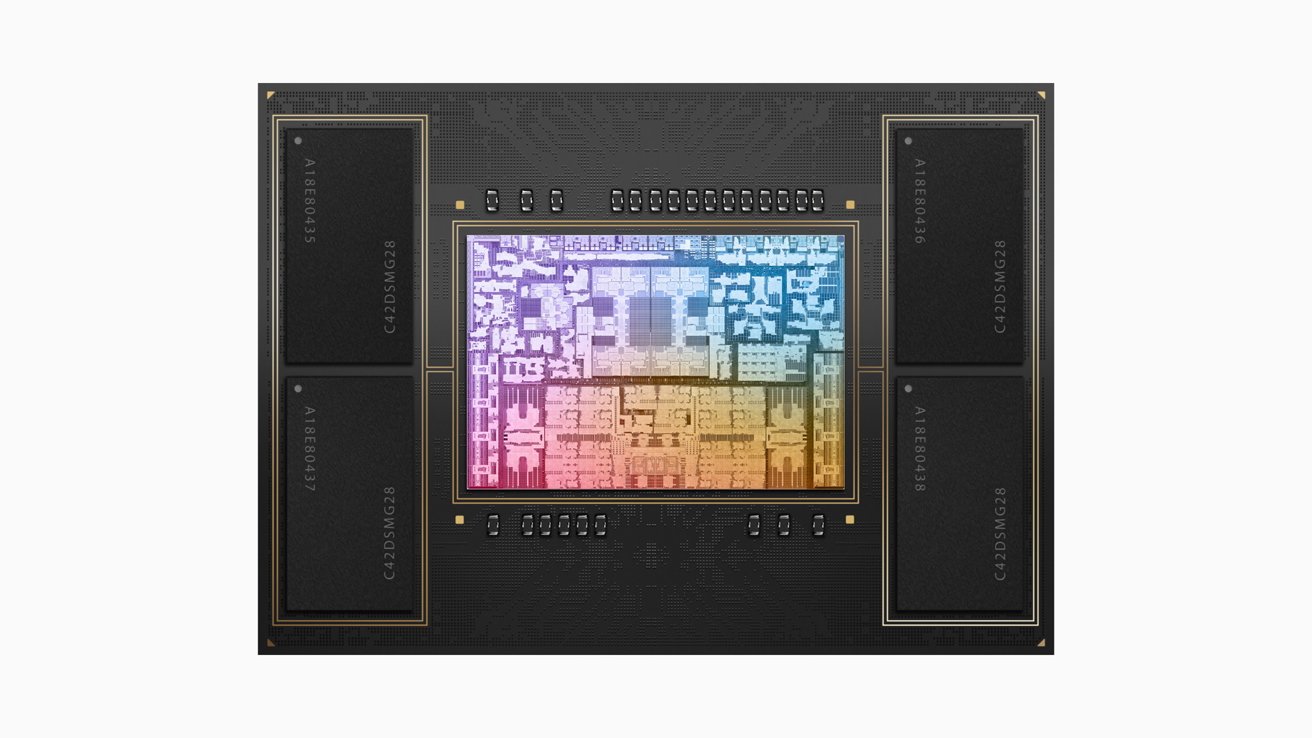
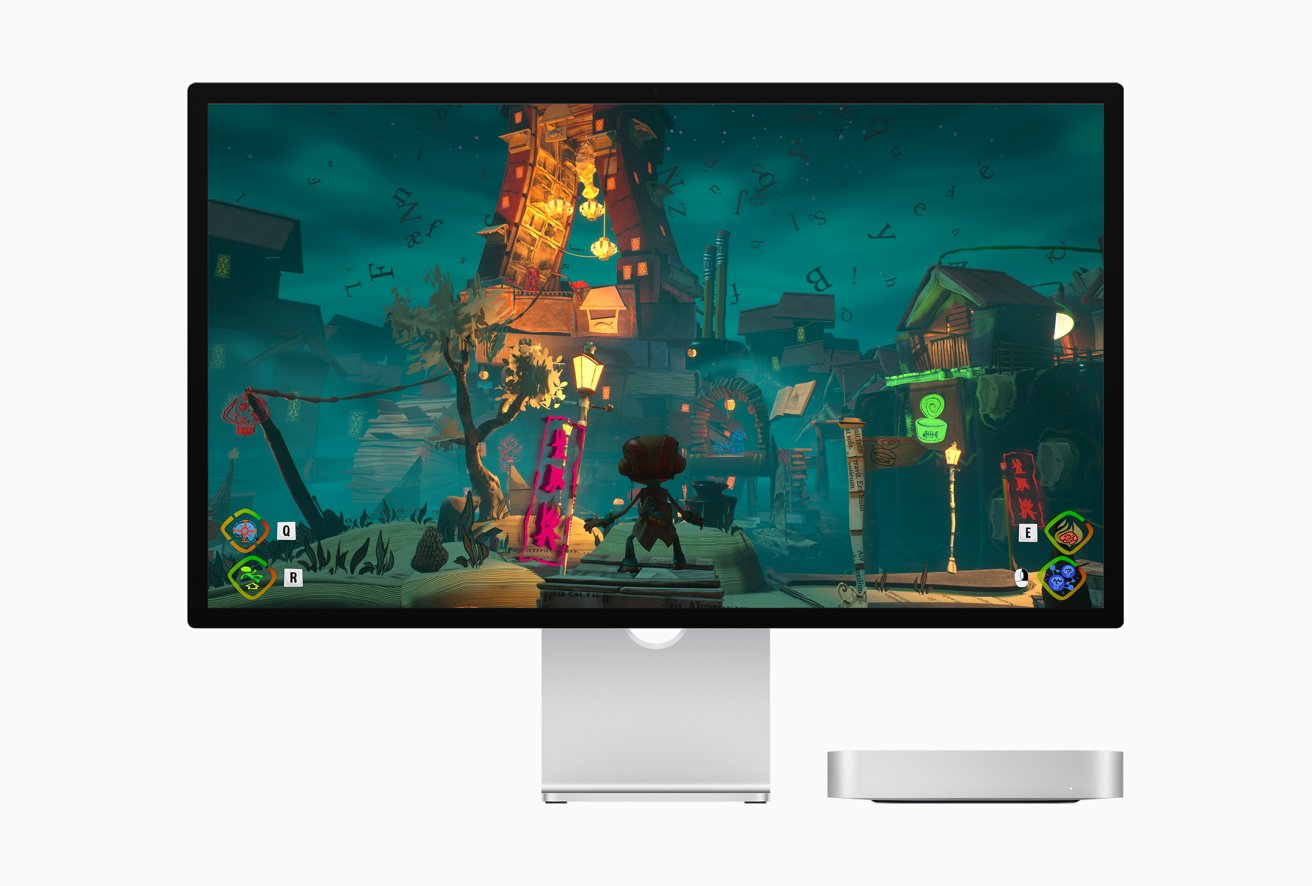
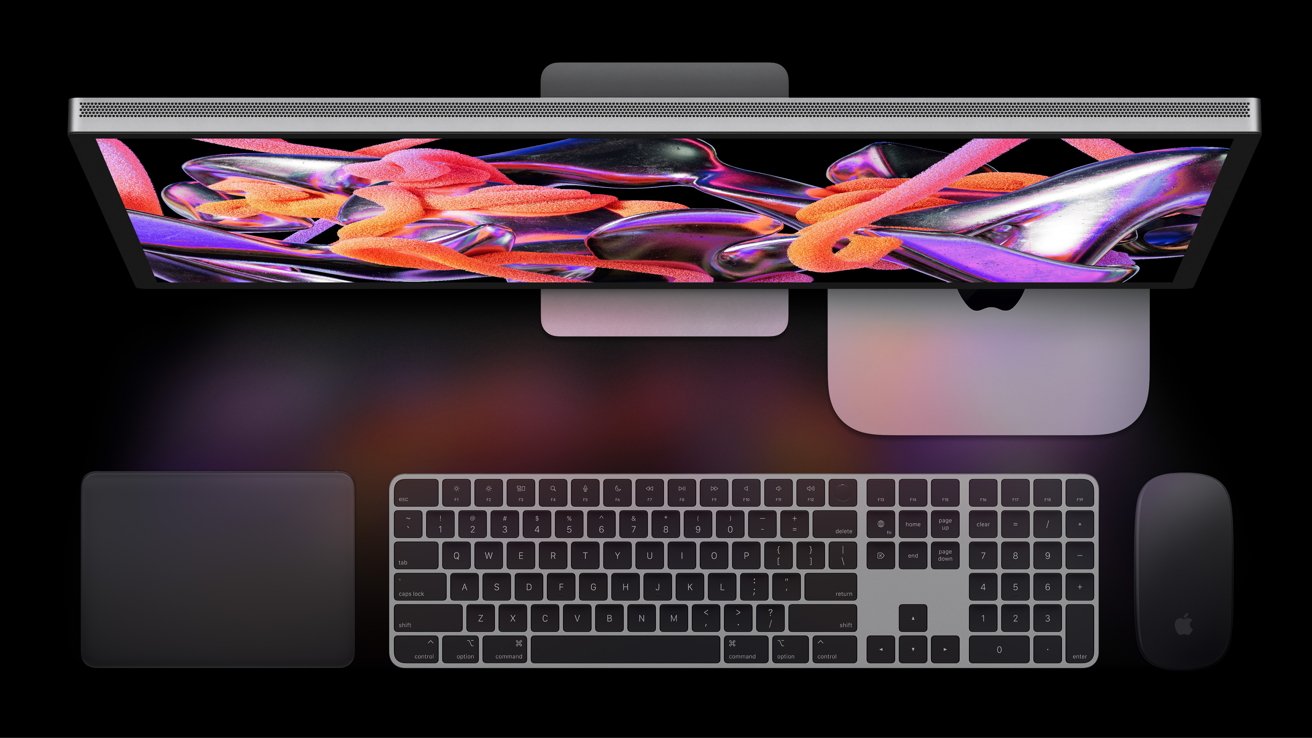


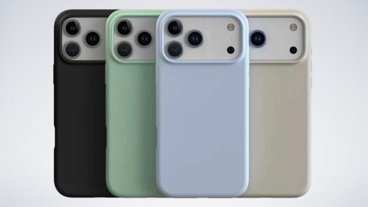




-m.jpg)






 Chip Loder
Chip Loder
 Marko Zivkovic
Marko Zivkovic
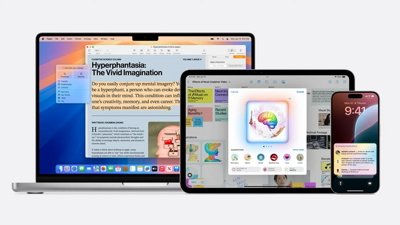

 William Gallagher
William Gallagher
 Christine McKee
Christine McKee
 Andrew O'Hara
Andrew O'Hara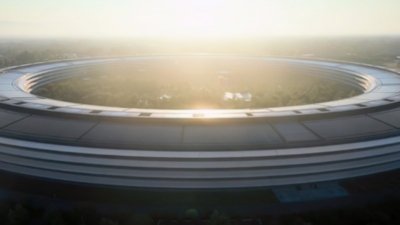
 Andrew Orr
Andrew Orr




-m.jpg)




16 Comments
There’s no M2 Max Mac mini, but the fact the iMac didn’t appear today is exciting. As in M2 Max iMac. I think it will still be one size fits all, but at the highest end it will line up with the entry-level M2 Max Mac Studio.
Anyone seen system Geekbench scores for these yet? Not just processor, but full system.
Wow. M2 for Mac mini out of the blue? Surprise, surprise. I wonder why they can't bump up the RAM to 64GB like the last Intel model.
Great to see the price of a base M2 Mac mini go DOWN $100 from the M1 model in these inflationary times.